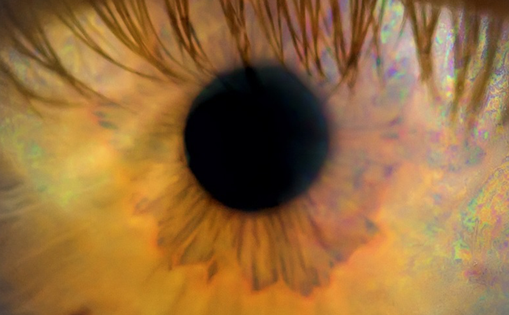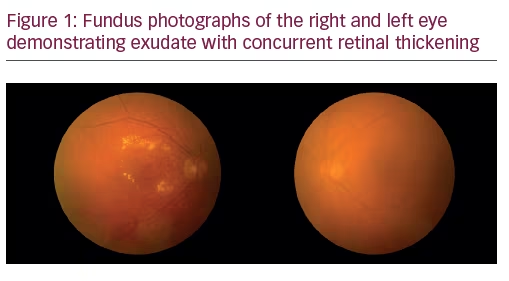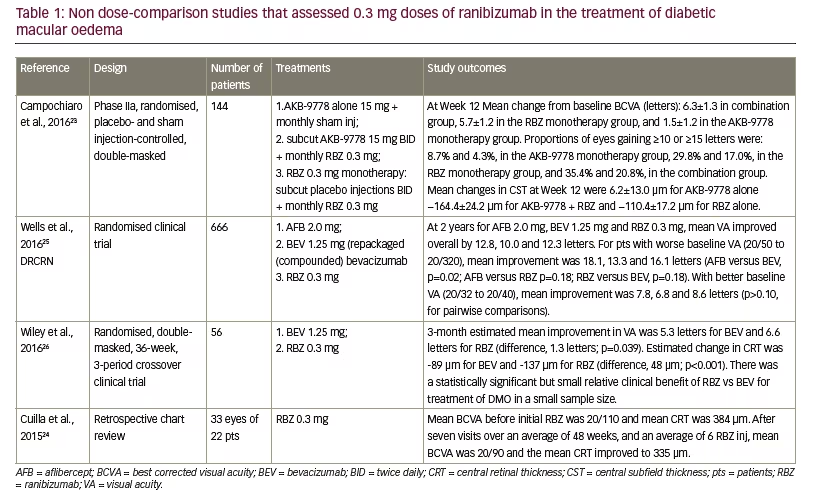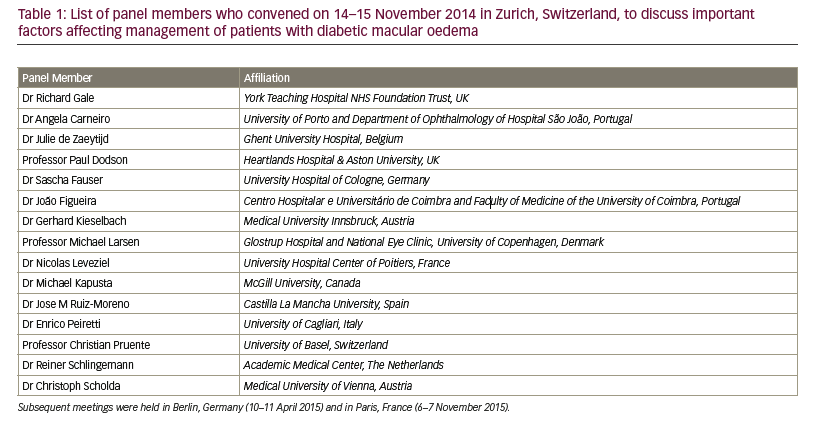Research in various fields of ophthalmology is constantly evolving, resulting in a massive amount of papers published in peer-reviewed journals. In this context, review papers may provide good starting points from which to address different matters in specific areas. This issue of European Ophthalmic Review presents many interesting and up-to-date articles that will provide readers with useful and evidence-based information that may be applied to their daily practice.
It is well known that symptoms related to ocular surface diseases and dry-eye syndrome are highly prevalent. The latter is a frequent presenting symptom of Sjögren’s syndrome, a condition reviewed from its epidemiology to diagnosis and treatment by Professor Akpek et al. Another common finding in the general population is the occurrence of recurrent corneal erosions, which may be caused by epithelial basement membrane dystrophy. Professor Jeng et al. have reviewed the main aspects related to this disorder, its relationship with endothelial cell dysfunction and the treatment modalities available, including epithelial debridement.
Signs and symptoms of ocular surface diseases can also be associated with the chronic use of preserved intraocular pressure lowering topical medications. The impact of dry eye on a glaucoma patient’s quality of life may compromise treatment adherence.Thus, ocular surface status should be regularly evaluated in glaucoma. The use of fixed combinations may be one alternative to reducing the exposure to preservatives in ophthalmic solutions. In his article, Professor Pfeiffer discusses the best approach in terms of pharmacological therapy for progressive open-angle glaucoma, including the role of fixed combination therapy.
One key to treating glaucoma successfully is early diagnosis of the condition. This may be achieved with an accurate evaluation of the optic nerve head and retinal nerve fibre layer. Computerised imaging technologies are now available with increasing image quality and resolution. Are these devices better than general ophthalmologists at diagnosing glaucoma? This is discussed by myself and Professor Vessani from the University of São Paulo in Brazil. Anterior segment imaging has also improved in recent years. The interpretation of these images, how to incorporate this technology in daily clinical practice and its relationship to gonioscopy in angle-closure glaucoma are some of the discussion topics presented in an article by Dr Sakata.
Another concern in ocular pathology is the development of age-related macular degeneration. An overview of the disease, its physiopathology and possible therapeutic options in terms of multimodal physiological medicine is provided by Dr Rozakis and Dr Dzugan. The use of more conventional therapeutic options for age-related macular degeneration as well as new intravitreal injection options is discussed by Professor Amoaku.
Finally, Professor Shah et al. reviews new and advanced intraocular lens designs. An increasingly ageing population worldwide with higher incidences of cataracts now demands precise refractive surgical results after phacoemulsification. Premium intraocular lenses and the results that can be expected with their use are discussed.
All of the articles on these exciting themes were carefully reviewed by experts in each area, providing the reader with valuable information and knowledge. We hope you enjoy reading them.










